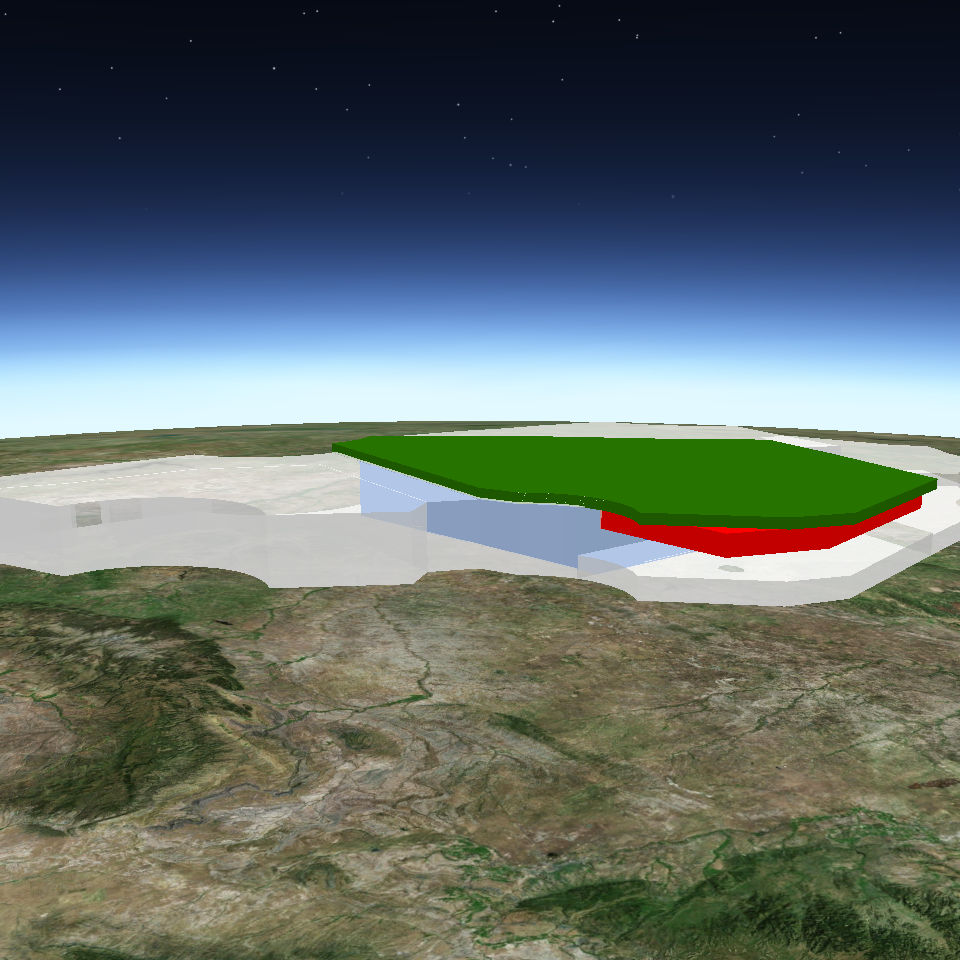Overview
3-dimensional (3D) GIS data allows an organization to visualize data in a way that powerfully impacts the comprehension of a problem or challenge, often highlighting the spatial context surrounding the problem or challenge. One such visualization method is the creation of a 3D scene. The 3D scene, as applied at King Abdullah University of Science and Technology (KAUST), allows users to gain a clear understanding of the complex water column characteristics, including visualization against bathymetry, relationship between sampling points, and interpolation in 3D space. By integrating available 2-dimensional (2D) interpolation ArcGIS tools with rotational python coding, one can extend the interpolation techniques into the 3D space.
January 2011
Bathymetry Points Within KAUST Coastal Waters
Bathymetric measurements from multiple surveys were compiled and digitized with the addition of elevation control points on land.
January 2011
2D Initial Interpolation of KAUST Coastal Waters
Bathymetric measurements throughout the KAUST coastal waters were run through an interpolation algorithm in order to create a 2D representation of the bathymetry.
May 2011
3D Visualization of KAUST Coastal Water Bathymetry and Water Column Measurements
Multi-probe sonde measurements throughout the water column across KAUST coastal waters overlain on a 3D visualization of the associated bathymetry.
October 2012
Animation of 3D Visualization of Water Column Measurements
An animation of the various processing steps required to get from 3D water column measurements to a 3D interpolation between those discrete points.






